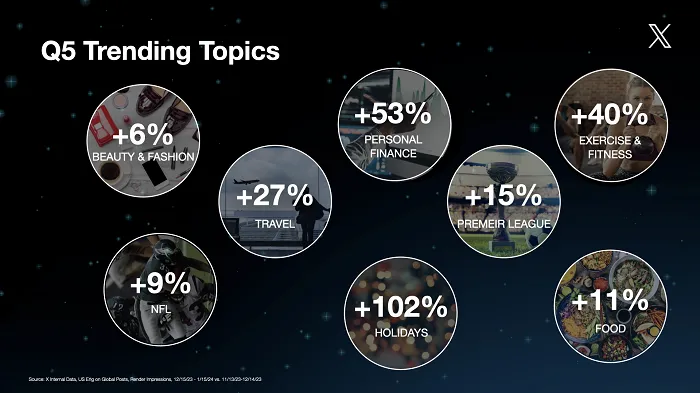As of July 19, 2022, Michael Platt was the wealthiest man in the United Kingdom, with an estimated net worth of 15.2 billion U.S. dollars, followed by Hinduja brothers (No. 2, $12.9 billion), James Ratcliffe (No. 3, $11.8 billion); and Christopher Hohn (No. 4, $7.9 billion).
Ian & Richard Livingstone is the fifth-richest person in the United Kingdom, with a whopping $7.7 billion. James Dyson ranked 6th with a personal wealth of $7.5 billion, followed by Nik Storonsky with $7.1 billion. David Ruben is placed 8th with a net worth of $6.4 billion. Simon Reuben ($6.4 billion) occupied the 9th position among the top 10 wealthiest people in the United Kingdom.
The estimated net worth of the 25 wealthiest people in the United Kingdom.
- Michael Platt: $15.2 billion
- Hinduja brothers: $12.9
- James Ratcliffe: $11.8 billion
- Christopher Hohn: $7.9 billion
- Ian & Richard Livingstone: $7.7 billion
- James Dyson: $7.5 billion
- Nik Storonsky: $7.1 billion
- David Ruben: $6.4 billion
- Simon Reuben: $6.4 billion
- Cliver Calder: $5.7 billion
- Joe Lewis: $5.1 billion
- Michael Ashley: $4.5 billion
- Anthony Bamford & family: $4.3 billion
- Denise Coates: $4.2 billion
- Richard Branson: $4.0 billion
- John Reece: $4.0 billion
- Andrew Currie: $3.9 billion
- Lauence Graff & family: $3.4 billion
- Alan Howard: $3.2 billion
- Hilton Schlosberg: $3.2 billion
- Barnard Ecclestone & family: $3.0 billion
- Farhad Moshiri: $2.9 billion
- John Caudwell: $2.8 billion
- Maritsa Lazari &family: $2.5 billion
- Peter Hargreaves: $2.5 billion
Detailed findings & methodology: CEOWORLD magazine put together a panel of experts to go over data points culled from virtually every reputable wealth tracking media outlet, including Bloomberg, The Richest, Money Inc, Cheat Sheet, GOBankingRates, Celebrity Net Worth, Wealthy Gorilla, Forbes, and more. Based on a consensus from these sources, the final decision for ranking was judged editorially. All data is for the most recent period available. Some were not included in the official statistics for various reasons, primarily due to the lack of necessary data. Just remember, these values and fluctuations are estimations based on a host of variables and publicly available documents. The margin of sampling error for the full data sample is plus or minus 1.2 percentage points. In addition to sampling error, one should remember that, as in all survey research, there are possible sources of error—such as coverage, nonresponse, and measurement error——that could affect the results. All figures are in US dollars.
Track Latest News Live on CEOWORLD magazine and get news updates from the United States and around the world.
The views expressed are those of the author and are not necessarily those of the CEOWORLD magazine.
Follow CEOWORLD magazine headlines on Google News, Twitter, and Facebook. For media queries, please contact:
info@ceoworld.biz








































































